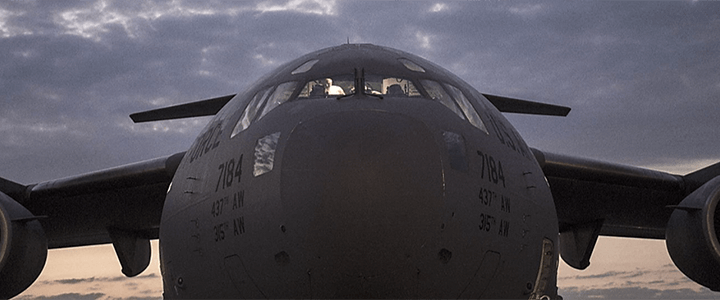It took a drastic measure to get the public to pay attention, but the Air Force has succeeded, for the moment, in alerting the nation to its most pressing problem: it needs pilots. Desperately.
Last Friday, the president approved an amendment to the 2001 executive order that gave the Pentagon the ability to order the reserve components into active duty. The amendment gives the services the ability to involuntarily recall retired service members. Previously, retirees could volunteer, but the new authority gives the Pentagon the ability to order a retiree back to active duty.
After a brief flurry of online war-with-North-Korea-is-imminent conspiracy theorist conjecturing, the Air Force clarified that the new authority was so they could recall pilots to fill the gap until a it can craft a more permanent solution. It later further clarified that while the order gave it the authority to make these recalls involuntary, it would only be seeking volunteers. Furthermore, it was more likely that those volunteers would be put into staff and administrative positions, allowing existing pilots to get out from behind a desk and back into the cockpit.
A seriously large issue
A year ago, as Fiscal Year 2016 drew to a close, the Air Force brass were warning that they were 1,500 pilots short of what they needed to maintain the capability and readiness required to fulfill the service’s mission. In testimony before the House Armed Services Committee in March, the Air Force’s deputy chief of staff for manpower, personnel and services, Lt. Gen. Gina Grosso, put the number at 1,555.
More startling was the fighter pilot shortage. To meet its mission, the USAF needs 1,211 more of these highly-trained warriors.
In a visit to Wright-Patterson Air Force Base on Monday, the HASC chairman, Texas Republican Rep. Mac Thornberry, said that number could soon hit 1,900 according to what he is hearing from the Pentagon. To put this in perspective, the USAF currently has a total of 3,637 planes in its inventory (not counting training or rotary wing aircraft) including 1,662 fighters of various types and 283 A-10C Thunderbolt close air support aircraft.
The service plans to buy a total of 1,763 F-35 Lightning II fighters to replace the F-15, F-16, and A-10 aircraft (the much newer F-22A Raptor will remain in service).
funding and budget certainty are the keys
The key to all of this, of course, is money. A spokesman for the HASC, said, “In an environment where commercial airlines are hiring at unprecedented rates and are targeting military pilots to meet that demand, the Air Force is experiencing a shortfall that directly impacts its ability to carry out vital missions in support of the joint force.”
When Congress can’t pass a budget, the government operates on a continuing resolution, which, as the name implies, continues funding at the previous fiscal year’s levels with a few exceptions. The ability to start new programs is severely limited by this funding mechanism. Consequently, the military cannot properly plan its modernization efforts, and the funds for operation and maintenance of the air fleet are curtailed.
Republican Rep. Mike Turner, whose district includes Wright-Patterson, is chairman of the HASC’s Tactical Air and Land Forces subcommittee. As he remarked Monday during the visit, “we need an adequately funded budget with consistency so that the Department of Defense can plan.”
The appropriations bill to fund the DoD (and several other federal departments) passed the House on July 27. But the Senate is where good ideas go to die, and predictably, the legislation has not seen the light of day. It doesn’t help that the bill includes funding for a wall along the border with Mexico, one of President Trump’s signature campaign issues which remains a point of contention between Republicans and Democrats. Spending limits under the Budget Control Act are another sore spot.
But the Congress cannot continue to do nothing on the budget impasse forever. Military readiness is a very real concern, one whose primary cure is money… lots of it.




